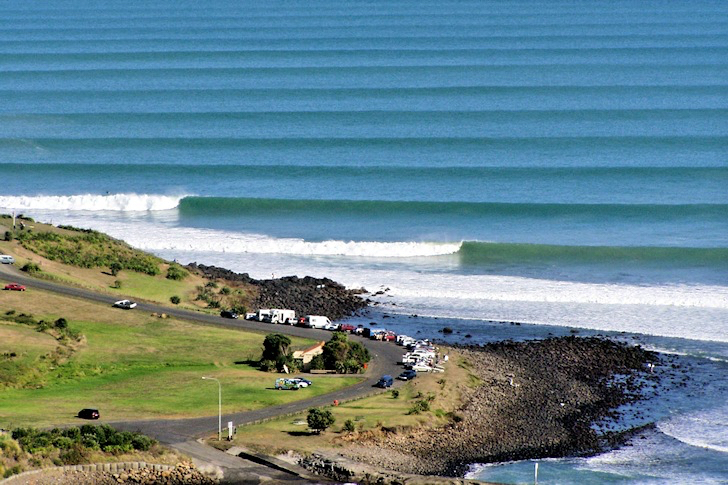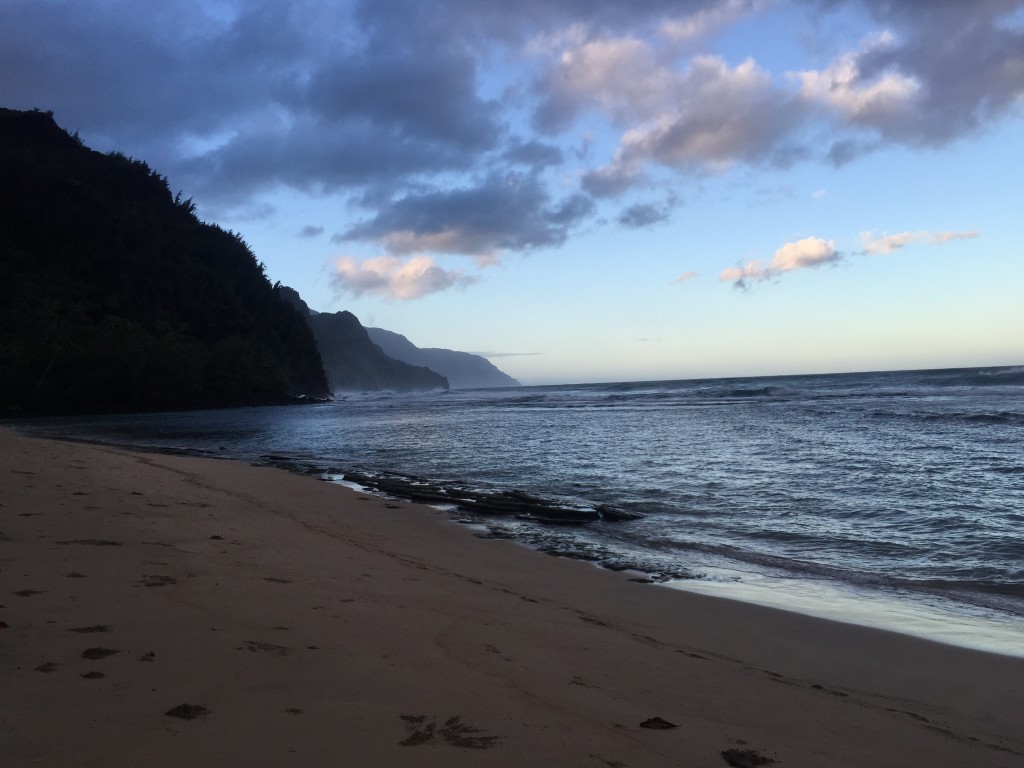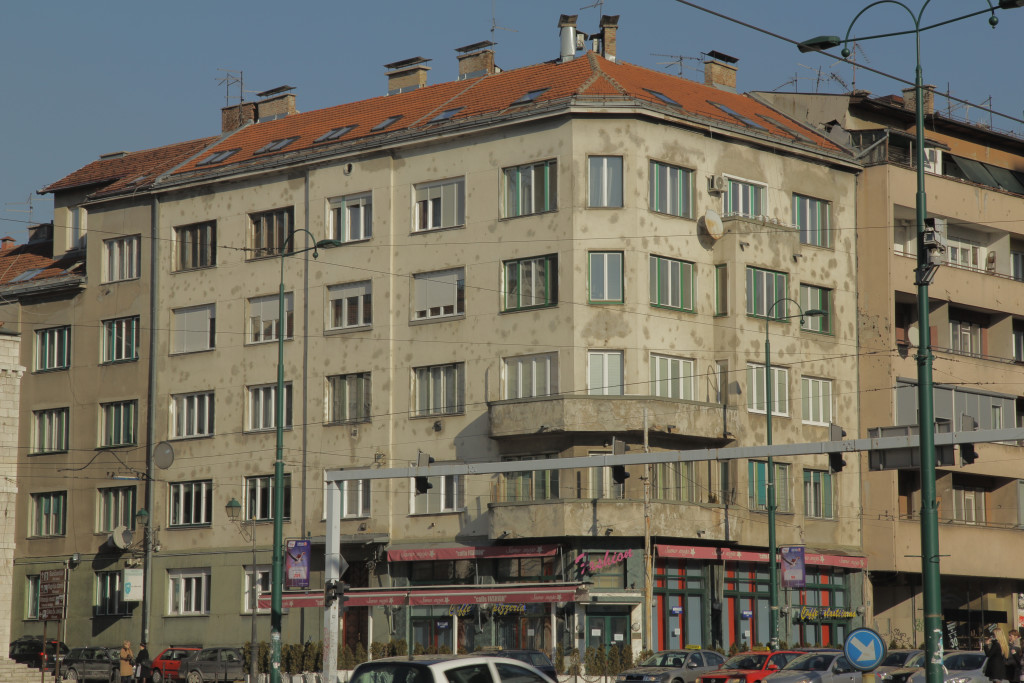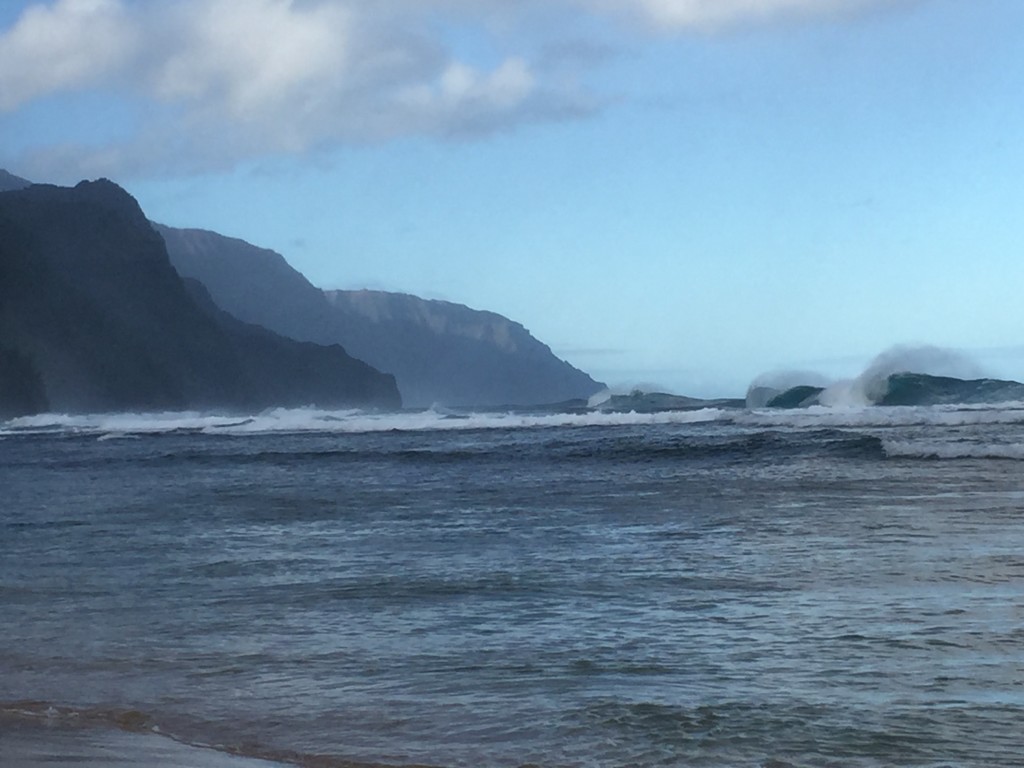
Just like an ocean ebbs and flows throughout times of tranquility and turbulence, so does the stability of countries. It’s the wave interval in between the big waves (the conflicts) that makes every place different. In America, there hasn’t been a large wave of instability on its soil since the American Civil War (1861-1865). America’s wave interval is long. Switzerland has an even longer wave interval; their last conflict was their own civil war in 1847; under 100 people died.
In countries like, Colombia, Ukraine, and Serbia, the wave intervals are much shorter; conflicts come at a much more rapid cadence with smaller periods of tranquility sandwiched in between the swells.

Short wave intervals
When I traveled through Syria in 2007, the country was a beacon of stability in the region. People emigrated from neighboring Iraq and Lebanon because they sought safety and peace.
Kids played soccer freely in the streets, petty crime was rare, and the number of homicides was lower than in most countries of the West.
In Damascus, I remember walking back from a nightclub through energetic streets at three in the morning. Families laughed, groups of partygoers slowly made their way home, and dozens of men dressed up as Santa Clause wished everyone a Merry Christmas.
Before the Syrian Civil War, America’s homicide rate was more than twice as high as Syria’s.

Syrian homicide rates according to the UNODC (United Nations Office on Drugs and Crime)

U.S. homicide rates according to the UNODC (United Nations Office on Drugs and Crime)
Now, look at Syria….
But perhaps in ten years, Syria will be a safe and stable country again.
We tend to see countries with shorter wave intervals solely through the scope of the conflict. Like a tsunami, the magnitude of the event grabs all of our attention. The world’s journalists rush in to cover the action with every medium at their disposal… noise is made. The memory of the big wave burns into our subconscious…
But after the wave settles, and the wave interval resumes, attention goes elsewhere. For most countries in the world, we only get information about them when there are problems. Therefore, we are left with very little alternative information to balance out our perspective.

The calm
Bombings happen in London, Paris, and Madrid, but we have other positive information about these places to round out our views of them. But if conflict happens in the Republic of Georgia, that is all we will hear about the country.
Thirteen years ago Georgia was an unstable mafia paradise, now it’s a fantastic and safe place to travel (click to see the T.V. show concept I shot there in 2011).
Most of Colombia is fine to travel to right now, along with Bosnia and Uganda. But often these countries conjure thoughts of danger and instability; this perspective does not reflect the wave interval they are currently in.
Sometimes evidence of past swells remains, bullet holes in the sides of buildings in Sarajevo are a reminder of this reality. Now the guns are silent, and it’s a wonderful city to visit.

Patched up bullet holes on an apartment building in Sarajevo, Bosnia
Progress since the conflict in Sarajevo
Colombia has made huge gains in safety and security in the last ten years, and many parts of the country are now safe to travel. Pablo Escobar doesn’t control Medellin anymore, and the city is undergoing a renaissance.
The Iranian revolution in 1979 and the subsequent Iran-Iraq war (1980-1988) were massive tsunamis for the country. Currently, Iran is stable and secure, and with an open mind, it’s an exotic and friendly place to travel.
The stability of countries will continue to ebb and flow; this change is inevitable. There is always another wave out at sea that will alter the dynamics of a place… it just depends on how long the wave interval is in the country before it crashes on its shore again.
Much of what was, isn’t the reality now… and much of now isn’t the future reality.
The ocean doesn’t stop changing, and neither does the level of stability in nations.

If you’re interested in more content from around the WORLD visit these links below:
